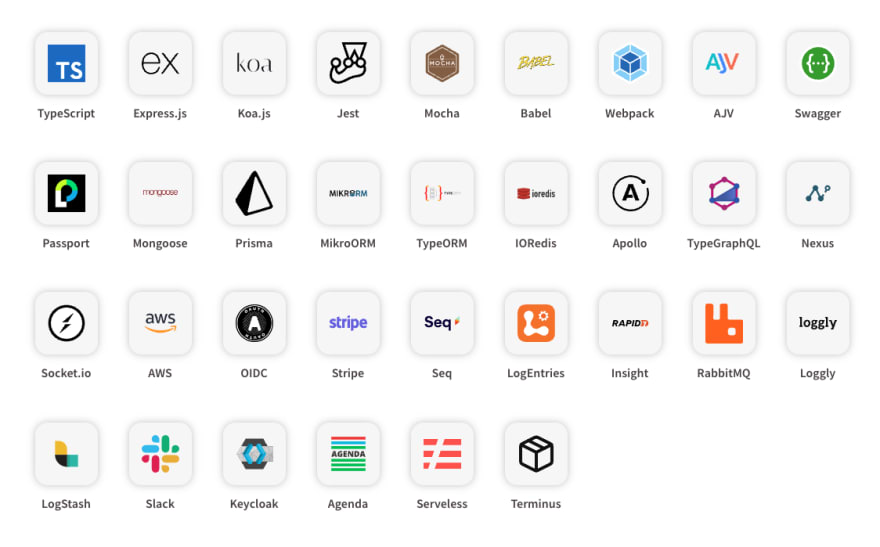As a developer, it's always important to find ways to streamline the development process and save time. For the past two years, I've been using Ts.ED as the framework for all of my applications and it's been a game-changer. Not only has it allowed me to gain back lost development time, but it's also been the foundation for my open-source project HighScore.
Abstraction
One of the key features of the Ts.ED framework is its abstraction layer, which allows developers to use Express, Koa, or any other HTTP server of their choice. This gives developers the freedom to leverage the vast number of third-party Node.js modules available for the underlying platform, enabling them to build highly customized and feature-rich applications. The abstraction layer provided by Ts.ED makes it easy to integrate with various databases and APIs, and to add additional functionality to your applications.
Decorators
Another standout feature of Ts.ED is the implementation of decorators, which makes it easy to describe controllers and services within the framework. The decorators provided by Ts.ED allows developers to clearly define the functionality of their controllers and services, making it easy to understand and maintain their code. Additionally, the dependency injection system in Ts.ED makes it simple to access services from any file, further streamlining the development process.
import {Get} from "@tsed/schema";
import {Controller} from "@tsed/di";
import {PathParams} from "@tsed/platform-params";
interface Calendar {
id: string;
name: string;
}
@Controller("/calendars")
export class CalendarCtrl {
@Get("/:id")
async get(@PathParams("id") id: string): Promise<Calendar> {
return {
id,
name: "test"
};
}
}
A simple example of controller using Ts.ED !
Documentation
Another advantage of Ts.ED is its extensive documentation and support. The Ts.ED team has done a great job of providing detailed documentation on how to use the framework and its various features, as well as maintaining an active community of users who are willing to help answer questions and offer support. This has made it easy for me to get up and running with Ts.ED, and troubleshoot any issues that have arisen along the way.
Third-party
The Ts.ED team has already created implementations for a wide range of popular modules, such as Swagger, Mongoose, and Socket.io. This allows developers to easily integrate these tools into their Ts.ED projects, saving time and effort. For a complete list of the available integrations, see the Ts.ED documentation. I have also personally contributed to the development of the Terminus package for Ts.ED. These integrations demonstrate the commitment of the Ts.ED team to support a diverse and growing ecosystem of tools and resources for developers.
A list of modules available on Ts.ED !
The team
The Ts.ED framework is primarily maintained by Romain Lenzotti, who does an incredible job keeping the framework up-to-date and reliable. One of the standout features of Ts.ED is its frequent releases, which ensure that the framework is continuously improving and addressing any potential issues. This is a major advantage for a framework like Ts.ED, as it helps to ensure that it stays current and relevant in the fast-paced world of web development.
Conclusion
In conclusion, there are many compelling reasons to consider using Ts.ED for your next project. Its simplicity and ease of use, extensive documentation and support, and reliable performance make it a standout choice for web development. As someone who has personally used the framework to build applications I highly recommend giving Ts.ED a try. Whether you are a beginner or an experienced developer, Ts.ED has something to offer and can help you to streamline your workflow and build better applications.





Top comments (0)